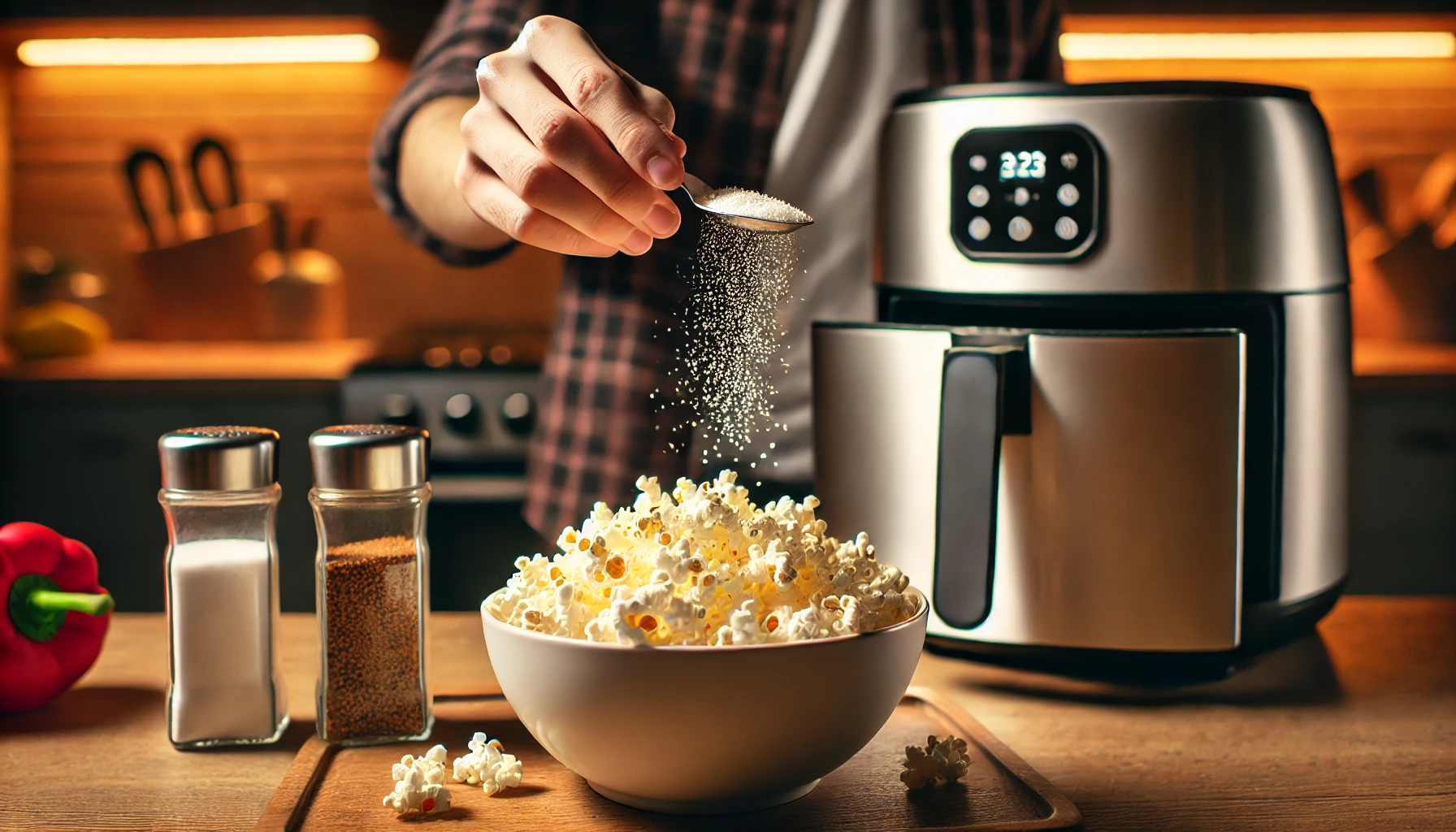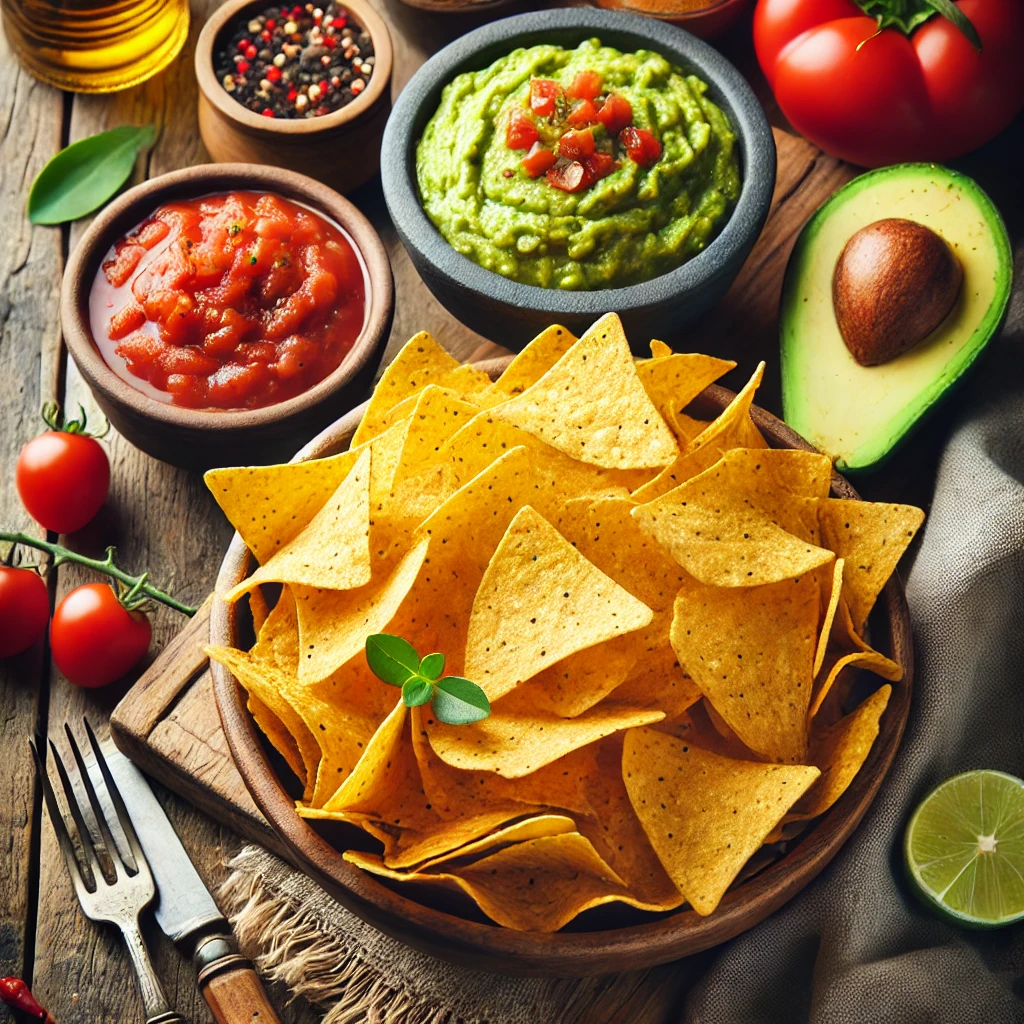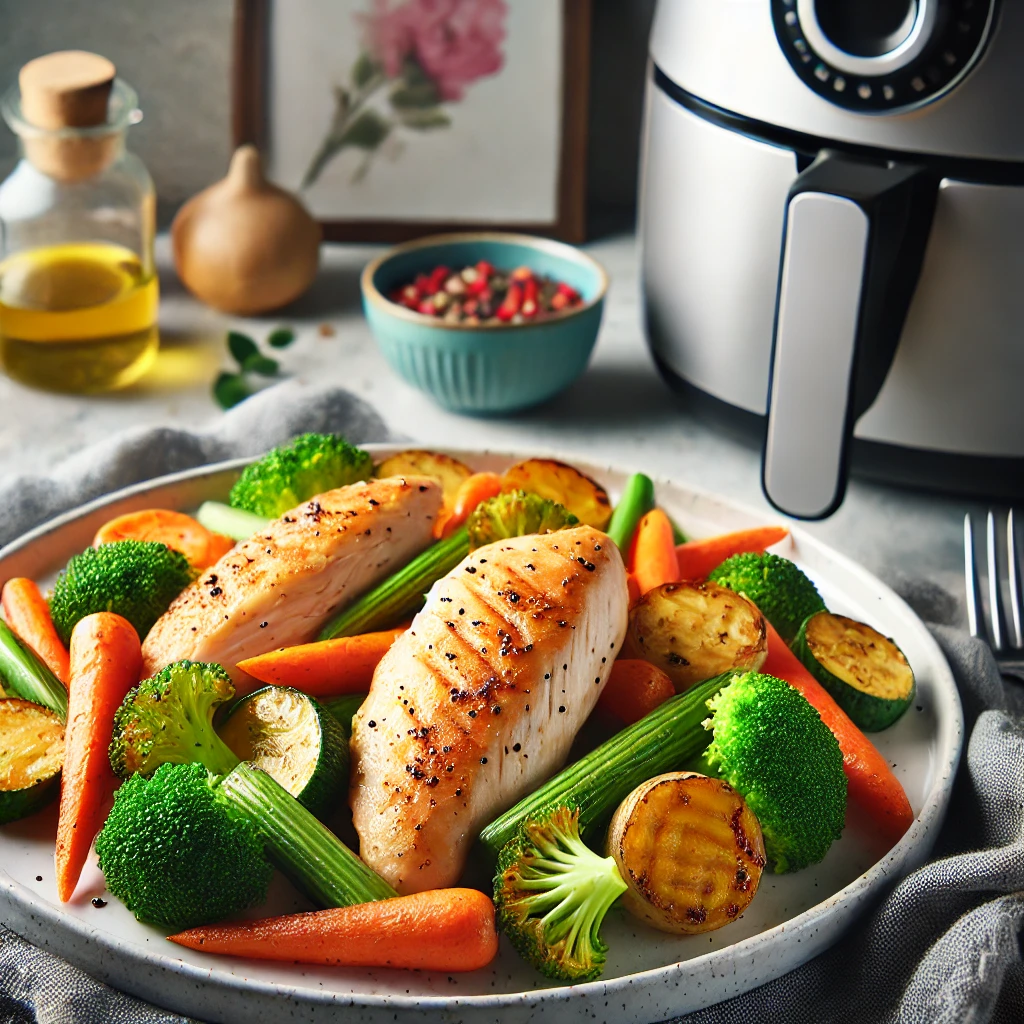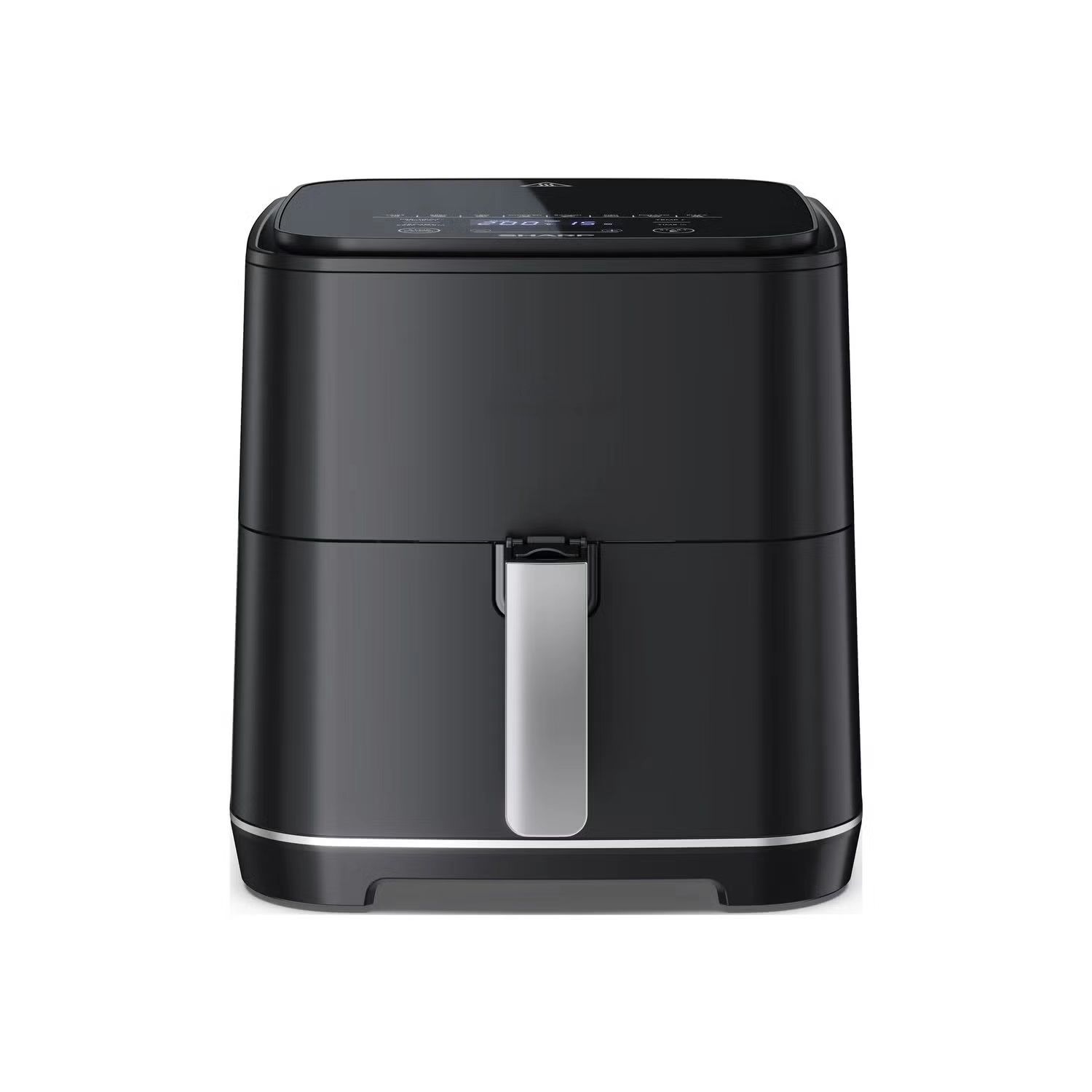Can You Put Foil in an Air Fryer?
Can You Put Foil in an Air Fryer?
In the ever-evolving world of kitchen appliances, the air fryer has emerged as a game-changer, promising crispy, delicious results with minimal oil usage. Its versatility and efficiency have made it a staple in many homes, revolutionizing the way we cook our favorite fried foods. However, as with any new kitchen gadget, there are bound to be questions about its usage, one of the most common being: "Can you put foil in an air fryer?" Let's dive deep into this inquiry, exploring the pros, cons, and best practices to ensure safe and optimal use of aluminum foil in your air fryer.
Understanding Aluminum Foil in Air Frying
First and foremost, it's essential to understand the role of aluminum foil in cooking and how it interacts with the unique heating mechanism of an air fryer. Aluminum foil, commonly known as tin foil, is a versatile kitchen tool that can be used for various purposes, including lining pans, wrapping foods, and even acting as a makeshift steamer. In traditional ovens or on stovetops, foil often serves as a barrier, protecting food from direct heat or catching drippings.
Pros of Using Aluminum Foil in an Air Fryer:
1. Easier Cleanup:
Lining the air fryer basket with aluminum foil can significantly simplify the cleanup process. Food residue and oil splatters are contained within the foil, allowing you to simply discard it after use without having to scrub the basket.
2. Preventing Sticking:
For sticky or delicate ingredients, using foil as a barrier can prevent them from adhering to the air fryer basket, ensuring they come out intact and effortlessly.
3. Baking and Roasting:
When cooking larger items or multiple dishes simultaneously, aluminum foil can be used to create makeshift trays or compartments within the air fryer, enabling you to bake or roast without mixing flavors.
Cons and Considerations:
1. Airflow Restriction:
The primary concern with using aluminum foil in an air fryer is its potential to restrict airflow. Air fryers rely on circulating hot air to cook food evenly and efficiently. If the foil is placed too close to the fan or covers too much of the basket, it can hinder this process, leading to uneven cooking or even overheating.
2. Risk of Fire:
If the foil comes into direct contact with heating elements or becomes too hot, there's a risk of igniting, especially if oil or grease accumulates on it. Always ensure that foil is not touching any hot surfaces and avoid using it for cooking fatty foods that may splatter excessively.
3. Chemical Reactions:
While aluminum is generally considered safe for food contact, prolonged exposure to acidic foods or high temperatures can potentially lead to leaching of aluminum into food. This is less of a concern in short-term air frying, but it's worth keeping in mind for health-conscious cooks.
Best Practices for Using Aluminum Foil in an Air Fryer:
1. Proper Placement:
When using foil, place it at the bottom of the air fryer basket, crimping the edges to create a shallow tray. Avoid covering the fan or any heating elements.
2. Puncture Holes:
To ensure optimal air circulation, poke small holes in the foil using a fork or skewer. This will allow hot air to pass through, promoting even cooking.
3. Monitor Closely:
Keep an eye on your food as it cooks, particularly if using foil for the first time. Adjust cooking times or temperatures as needed to compensate for any changes in airflow.
4. Choose Wisely:
For high-fat or oily foods, consider alternative methods of preventing sticking, such as using parchment paper (if approved by your air fryer's manufacturer) or a non-stick spray.
5. Check Your Manual:
Always refer to your air fryer's user manual before experimenting with aluminum foil or any other cooking materials. Some models may have specific guidelines or warnings regarding the use of foil.
Conclusion
The question "Can you put foil in an air fryer?" ultimately boils down to a matter of careful consideration and execution. With proper placement and monitoring, aluminum foil can be a valuable tool for simplifying cleanup and preventing sticking, enhancing your air frying experience. However, it's crucial to avoid restricting airflow or creating potential fire hazards. By following the best practices outlined above, you can safely unleash the full potential of your air fryer, enjoying guilt-free fried foods and a wide range of delicious dishes with minimal fuss.
 Can You Make Popcorn in an Air
Can You Make Popcorn in an Air
 How to Cook Broccoli in an Air
How to Cook Broccoli in an Air
 How to Make Tortilla Chips in
How to Make Tortilla Chips in
 Are Air Fryers Healthy?
Are Air Fryers Healthy?

